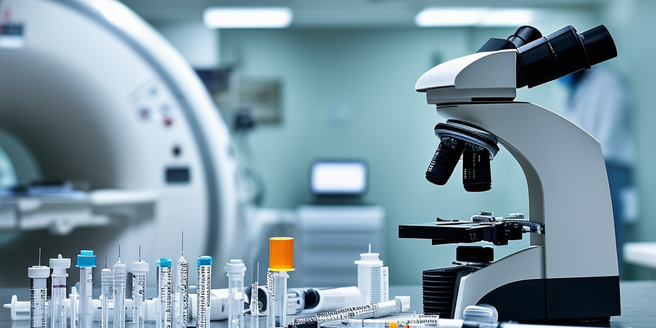
Understanding the Concept of Medical Devices and Their Importance
Medical devices encompass a broad spectrum, from simple thermometers to sophisticated MRI scanners, becoming an essential part of health management. They don’t only aid in diagnosing and treating various health conditions more accurately, but also enhance the lifespan and quality of life of patients globally. However, there are challenges, including potential technical malfunctions that could be life-threatening, such as with pacemakers or ventilators. As technology evolves, we should remain mindful of these problems and aim to continuously improve and innovate, ensuring patient safety is not overshadowed by these risks. Hence, avoiding complications and preserving device integrity are critical in this fast-evolving field. With the right precautions and quality assurance, medical devices can revolutionize healthcare while minimizing associated risks.
Different Types of Medical Devices Involved in Mass Tort Claims
A range of medical devices including prosthetic joints, surgical mesh, and defibrillators have featured in various mass tort claims because of unexpected complications exacerbating health conditions. Prosthetic joints, intended to ease physical discomfort and enhance mobility, have occasionally intensified the issues they were meant to alleviate. Similarly, surgical mesh predominantly used in hernia surgeries has led to severe trauma in patients, leading to numerous legal claims. Additionally, defibrillators, designed to preserve cardiac patients’ lives by regulating heart rhythms, have sometimes malfunctioned with catastrophic effects and can even prove fatal. These cases underscore the grave trust violation between patients and healthcare providers, illustrating the critical necessity of diligent monitoring of all medical devices’ usage and performance.
How Do Mass Tort Claims Work in the Medical Device Industry
Mass tort claims are legal actions filed when a defective medical device harms multiple patients, allowing victims to pursue justice and compensation for pain, suffering, and financial loss due to association with the faulty device. Such lawsuits can target one or multiple entities, including the device’s manufacturer, a negligent healthcare provider, or another link in the distribution chain. Both can be held responsible as they play crucial roles in the creation, quality control, distribution, and sales of medical devices. When damages from faulty devices occur on a larger scale, mass tort claims serve as vital recourse for victims to seek collective legal actions for the wrong done to them. Unlike typical personal injury lawsuits, mass tort claims let a group of injured patients form a united front, increasing chances of satisfactory settlement. These lawsuits also discourage future unethical practices by highlighting actions of major culprits, such as manufacturers releasing faulty medical devices, and healthcare providers failing to uphold professionalism and diligence.
Notable Examples of Mass Tort Claims in the Medical Device Sector
Notable mass tort claims have occurred in the medical device sector, such as the DePuy Hip Replacement, Bayer Essure, and the Boston Scientific Pelvic Mesh litigations. In the DePuy case, the Johnson & Johnson subsidiary was sued for manufacturing a defective hip replacement device that caused severe pain, necessitating additional surgeries for patients.
Similarly, the Bayer Essure case revolved around a contraceptive device that led to a multitude of complications, resulting in further treatments and potentially more surgeries for patients. The Boston Scientific Pelvic Mesh litigation involved women who experienced serious pain and complications because of reported material defects in the pelvic mesh design.
In all these high-profile lawsuits, the manufacturers faced legal action due to adverse health effects caused by design flaws or material defects in their devices. Serving as stark reminders of the importance of rigorous testing, effective design, and ethical practices in the sector, these instances show how medical devices intended to improve health instead led to pain and the need for more medical procedures.
How to Protect Your Rights When a Medical Device Causes Harm
Patients with harm from defective medical devices have specific legal rights and should immediately contact their healthcare provider, as timely reporting aids in problem resolution and may prevent further harm. Detailed documentation of every relevant incident, including all events and adverse effects linked to the malfunctioning device, is crucial. Keep components of the device or photos and records that signify its defect to strengthen your legal claim. Legal experts can provide invaluable advice on your rights and potential compensation claims, which can cover a wide range including medical expenses, lost wages, and non-economic damages for pain and suffering. Finally, consult an experienced lawyer in similar cases, as their advice can greatly augment the compensation received, relieve stress, and ensure justice in these situations.
